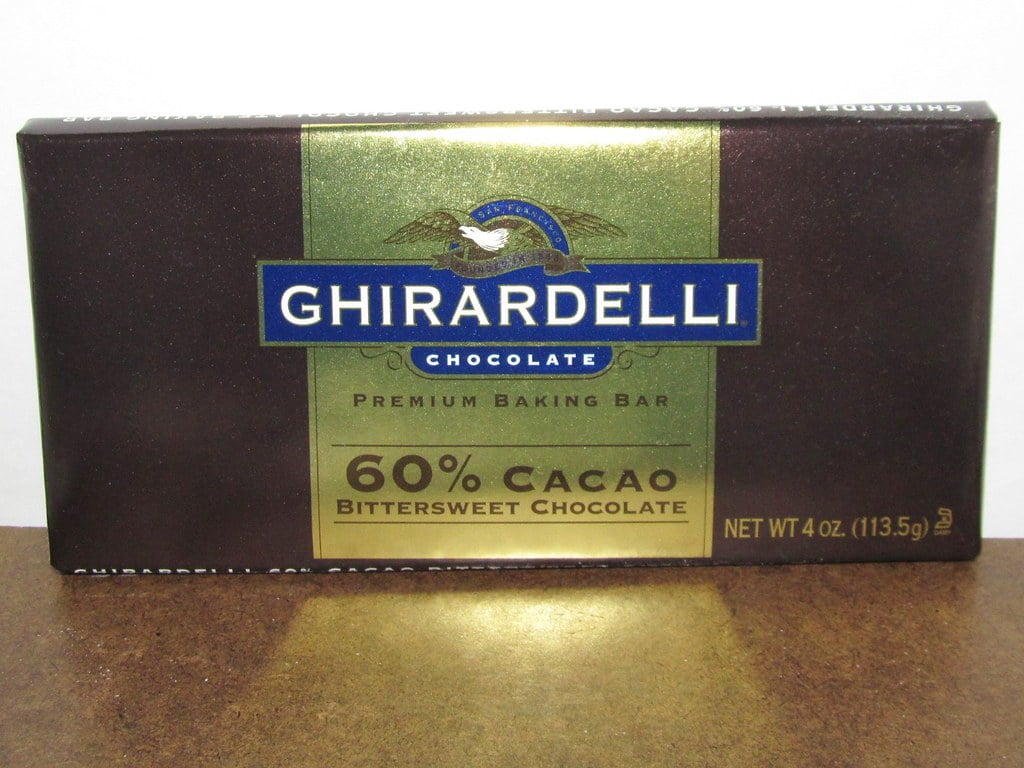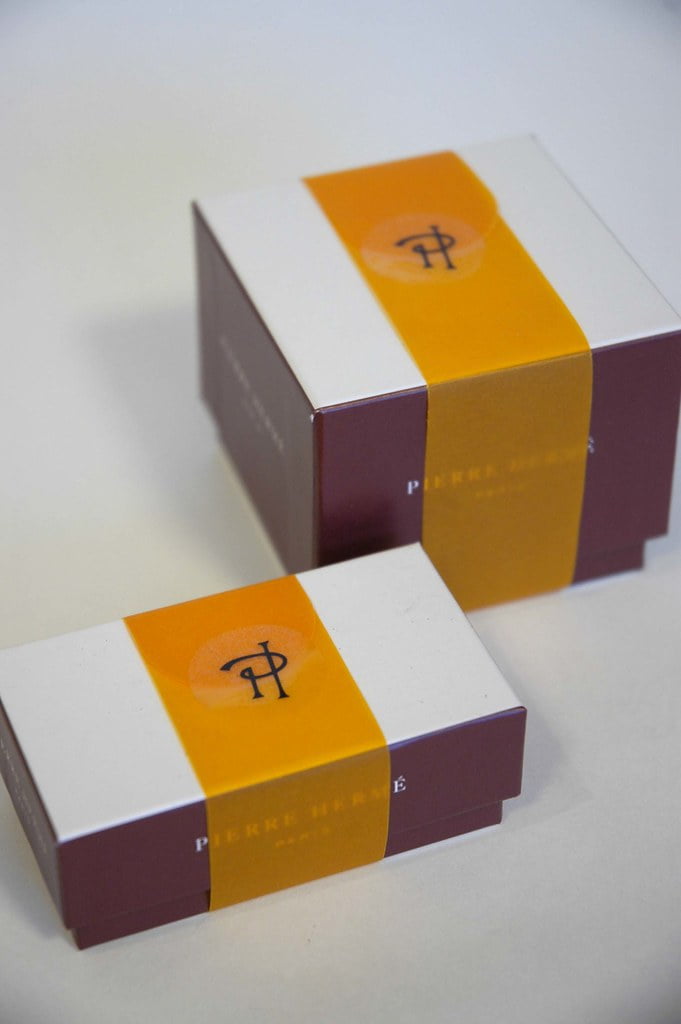Chocolate has been a beloved indulgence for centuries, with its popularity growing worldwide. However, the remium chocolate packaging has gone through a significant evolution in recent years. This article will explore the history and development of premium chocolate packaging from its early days to modern times.
The journey of cocoa and its transformation into a solid form is intriguing. In 1845, David Sprüngli-Schwarz and his son Rudolf Sprüngli-Ammann pioneered the production of the treat, and since then, there have been many developments in how it is presented. From fin-seal wrappers to molded fiber packaging, the visuals of the product are an integral part of its success.
It is evident that the attitude towards chocolate has changed over the years, and its positioning and appearance play a significant role in how the product is perceived. Furthermore, aluminum wrappers have risen in popularity, and the process of packaging it has been revolutionized. Finally, creative packaging design has benefited the industry immensely.
Lindt Sprüngli: The Birthplace of Chocolate in Solid Form
The journey of Lindt Sprüngli began in 1845 when confectioner David Sprüngli-Schwarz and his son Rudolf Sprüngli-Ammann invented a new form of sweet treats in the German-speaking region of Switzerland. This resulted in the birth of a flourishing industry of creativity in wrapping. Producers have since found various ways to pack products to sustain their freshness. Brands like Cadburys, Nestle, and Hersheys now depend on bright and efficient fin-seal wrappers to attract customers. JBM’s paper packaging solutions are 100% recyclable and created from renewable resources, providing an environmentally-friendly selection for encasing chocolate items.
Mark Salisbury, director of the graphic design company Solid Block, remarked on the significance of wrapping design for high-end chocolates. He mentioned that most of today’s chocolate bars are encased in aluminum wrappers with vivid and sharp graphics, as it keeps chocolates looking attractive and tasty. Moreover, the packaging process follows a sequence of steps to ensure the chocolates are carefully enclosed and ready to distribute. Molded fiber wrappings are also frequently used for food containers, such as berries, fruits and vegetables, and clamshell boxes. The advantage of imaginative packaging design is priceless, as it can help a product stand out from its competitors on the shelf.

The Rise of Decorative Chocolate Packaging
In the early 20th century, chocolate packaging incorporated decorative elements such as embossing and foil stamping. Manufacturers started using vibrant colors and intricate designs to make their products more visually appealing. These packaging designs were often inspired by the art deco and art nouveau movements that were popular then.
One of the most significant advancements in decorative chocolate packaging was metalized films in the 1930s. This allowed for the creation of shiny, reflective packaging that caught the eye of consumers. In addition, packaging designers began incorporating images of chocolate and other sweets into their designs, making them more enticing to customers.

With the rise of decorative chocolate packaging, manufacturers also began to invest more heavily in branding and design. In this era, packaging designers were seen as an integral part of the manufacturing process, tasked with creating packaging that stood out on the shelves and captured the brand’s essence.
The Modern Era of Premium Chocolate Packaging
In recent years, premium chocolate packaging has taken on a new level of sophistication. Manufacturers have realized that the packaging of their products is just as important as the product itself in attracting customers. This has led to the development of visually stunning and highly functional packaging.
Many modern premium chocolate packages are made from high-quality materials like metal, glass, and sturdy cardstock. They often feature intricate embossing and decorative elements such as gold foil accents and textured finishes. In addition, packaging designers have begun to incorporate unique features such as pull-out drawers, hidden compartments, and reusable containers that add to the product’s overall appeal.
Another trend in modern premium chocolate packaging is the use of eco-friendly materials. Many manufacturers now use recycled materials and biodegradable packaging to appeal to environmentally conscious consumers. This shift towards sustainable packaging will likely continue gaining momentum in the coming years.
With the rise of e-commerce, chocolate packaging has also adapted to the changing market. As more customers shop online, manufacturers have created attractive and functional packaging for shipping. This has led to the development of packaging that is visually appealing and protects the product during transit.
Conclusion
In conclusion, the packaging of premium chocolate has come a long way since its early days. From simple paper and cardboard designs to highly decorative and functional packaging made from premium materials, the evolution of chocolate packaging has been fascinating. As consumers become more discerning and demand more from their products, manufacturers will continue to push the boundaries of chocolate packaging design. This means we expect to see even more innovative and eye-catching packaging designs.
FAQs
Q: When did chocolate packaging become popular? A: Chocolate packaging became popular in the early 20th century when manufacturers realized the importance of branding and design.
Q: What were some early chocolate packaging designs? A: Early chocolate packaging was typically made of plain paper or cardboard, with a simple design featuring the brand name and basic product information.
Q: What are some trends in modern premium chocolate packaging? A: Modern premium chocolate packaging often features high-quality materials, intricate embossing, decorative elements, unique features like pull-out drawers and hidden compartments, and eco-friendly materials.
Q: How has the rise of e-commerce impacted chocolate packaging? A: With the rise of e-commerce, manufacturers have developed packaging that is not only visually appealing but also able to protect the product during shipping.
Q: What can we expect to see in the future of chocolate packaging design? A: As consumers become more discerning and demand more from their products, we expect to see even more innovative and eye-catching packaging designs. Manufacturers may continue to push the boundaries of design and incorporate sustainable materials.
